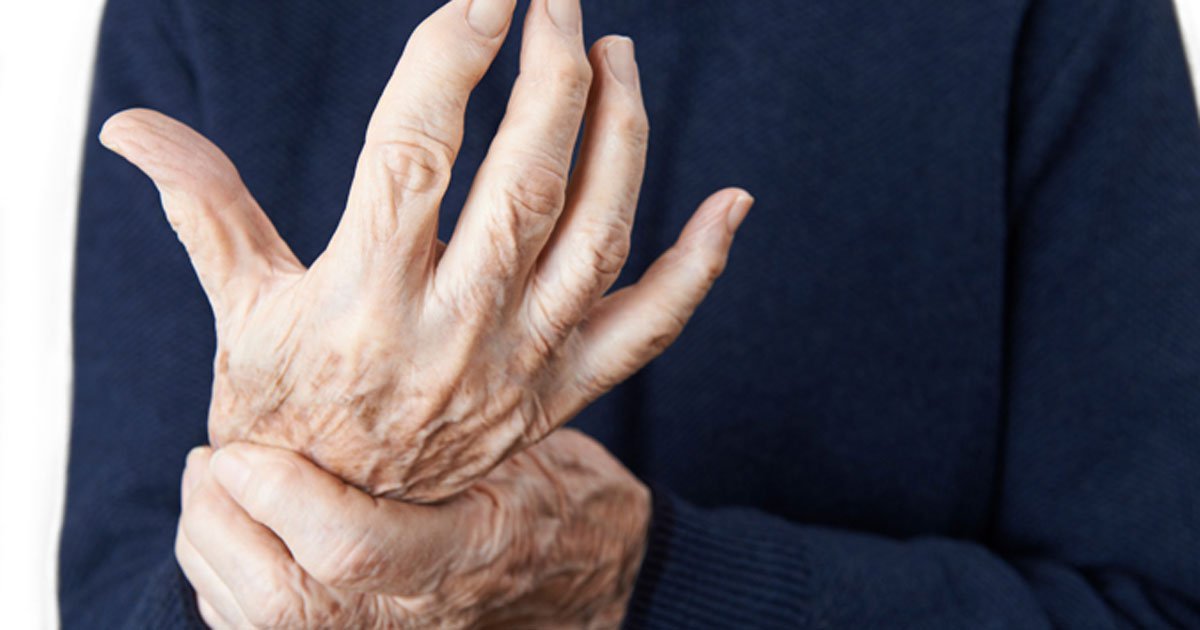Hand with clinically more swollen joints best for ultrasound monitoring in RA
Among patients with rheumatoid arthritis, the hand with more clinically swollen joints is likely to be the best option for monitoring ultrasound activity, and thus best choice for unilateral scoring, according to findings published in Arthritis Research & Therapy.
“In unilateral scoring systems, the suggestion is to choose either the dominant side or the clinically most affected side defined as the hand with the most tender and/or swollen joints,” Lene Terslev, PhD, of the Center for Rheumatology and Spine Diseases, in Copenhagen, Denmark, and colleagues wrote. “The dominant side is also commonly the chosen side in magnetic resonance imaging (MRI), where only one side can be evaluated at a time and is based on data showing that the dominant hand has more erosions on X-ray than the non-dominant hand both at baseline and follow-up.”
“However, there is no evidence per se to support the dominant hand as being more inflammation prone than the non-dominant hand at time of treatment initiation,” they added.

To determine whether the dominant hand or the hand with more clinically swollen joints is intrinsically the most inflamed, demonstrates the greatest change during treatment and is thus the better choice for unilateral scoring of synovitis by ultrasound, Terslev and colleagues used data from two previous Norwegian RA cohorts.
These independent ultrasound datasets were the ARCTIC trial, which included 238 patients with early RA, and the ULRABIT study, which recruited 212 participants with established RA. Participants in the ARCTIC cohort had started conventional synthetic DMARDs, while those in ULABIT either initiated or switched to biological DMARDs.
Terslev and colleagues included 437 patients from these cohorts in their analysis. In all participants, researchers assessed bilateral metacarpophalangeal joint 1–5, proximal phalangeal joint 2+3, and wrists using ultrasound. Grey-scale, power Doppler and global synovitis (GLOESS) scores were calculated for each hand using a 0 to 3 scoring system. A clinically insignificant difference in inflammatory activity was defined as a change of less than 3 in sum score.
According to the researchers, baseline ultrasound inflammation was statistically significantly higher in hands with more swollen joints, compared with hands demonstrating fewer. Hands with more swollen joints had higher Grey-Scale scores (mean difference = 2.21; 95% CI, 1.3-3.12), power Doppler (1.7; 095% CI, 0.94-2.47) and GLOESS scores (2.31; 95% CI, 1.36-3.26).
In addition, those with more swollen joints demonstrated significantly more change at 3 months in Grey-scale sum score (1.34; 95% CI, 0.6-2.08), power Doppler (1.17; 95% CI, 0.44-1.91), and GLOESS sum scores (1.43; 95% CI, 0.63-2.22). There were no reported differences between dominant and non-dominant hands, or right and left hands, at any time.
“No hand is per default more inflamed than its counterpart,” Terslev and colleagues wrote. “The hand with clinically more swollen joints is probably the best choice for monitoring ultrasound activity in clinical practice and in trials and thus the best indicator for the side to choose if a unilateral scoring system is used.” – by Jason Laday
Disclosure: Terslev reports speaking fees from AbbVie, Bristol Myers Squibb, Janssen, MSD, Novartis and Roche. Please see the full study for a list of all other authors’ relevant disclosures.
